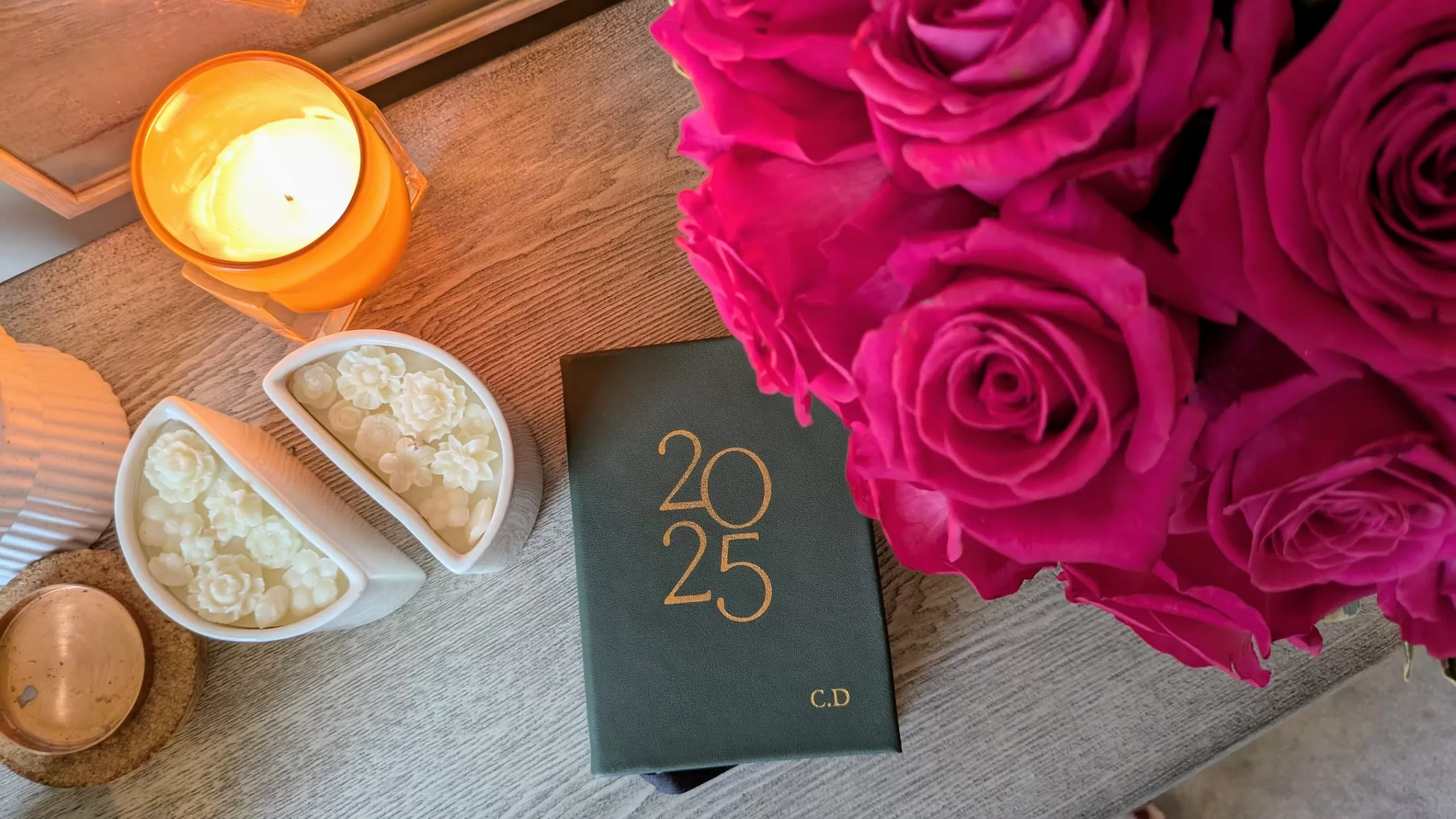This post may contain affiliate links. Every link is hand-selected by our team, and it isn’t dependent on receiving a commission. You can view our full policy here.
From the uncommon ingredients to the directions that seem longer than the Grapes of Wrath, it’s easy to see why people avoid baking their own French macarons. (Heck, even Food Network deemed it the “world’s most impossible cookie.”)
When you break down each step though, the process is time-consuming, but far from impossible. In fact, you may be stunned how straightforward it is, particularly if you follow some of the tips and tricks we’ve learned — from Sur La Table’s macaron-baking course and Food Network Magazine — that take all the intimidation out of baking this fancy-schmancy sandwich cookie.
Let’s take it step by step:

First, gather these ingredients together. Pre-measure them all out, even if it means dirtying a few extra dishes — it’ll save you from scrambling later on. (If you want to feel all cheffy, refer to it as your mise en place — pronounced like “mees en plahs” — which means everything in its place.)
I’m using Food Network’s Vanilla Macaron recipe.
Next, combine 1 3/4 cups confectioner’s sugar and 1 cup of almond flour, then push it through a sifter to aerate it (critical for a non-gritty, light-as-air macaron cookie). Real talk: This is the worst part of making macarons, particularly if you have a super-fine-mesh sifter, because you could be sifting for up to an hour. Use a silicone spatula to push the flour and sugar through the sieve, and switch hands halfway through, so you can give both arms a sweet workout.
There may be a few tablespoons that are too gritty to sift. Toss those. Forcing ’em through will only mess up the texture of your macs anyway.
In a separate bowl, use an electric mixer to beat three large egg whites, 1/4 teaspoon cream of tartar and pinch of salt on medium speed until they’re nice and frothy, like you see above. (It should kind of look like the froth on a freshly poured root beer, albeit not as creamy.)
Switch to medium-high speed — about a 7 or 8 if you have a Kitchenaid stand mixer — and keep beating the eggs, gradually adding in the 1/4 cup of sugar. Keep beating for about five minutes, until the mixture gets stiff and shiny. It will look a lot like thick shaving cream at this point.
When you pull the beater out of the egg white mixture, the mixture will form a peak. You could even flip the bowl upside down at this point, and the mixture would stay as-is, like a Dairy Queen Blizzard.
Fold in sifted almond flour and confectioner’s sugar, giving the bowl a quarter turn with each fold. Add in the half teaspoon of vanilla extract, as well as a few drops of food coloring. Stop folding in batter as soon as the color is combined; it’s better to under-mix here. The mixture will be about as thin and runny as cake batter, just a little grittier, thanks to the almond flour.
Add a few ladlefuls into a plastic pastry bag fitted with a round metal tip (or use a resealable bag and make a tiny snip in one corner).
The bag is easiest to work with when it’s only about half-full.
Parchment paper is a must-have here: It makes the macarons easy to remove, so you don’t accidentally crack them when you try to scrape ’em off the baking sheet. I enjoy making mini-macarons that are about the size of a half-dollar. For the most even results, try placing a printable underneath the parchment paper and tracing it to form each macaron. (Just make sure to slide the sheet of paper out from under the parchment before you bake the macs!)
For the best results, start from the outside and work your way in, and try to hold the piping bag straight down as you pipe out the batter. (As you can see from the shot above, I’m not always so great about doing that.) Holding the piping bag perpendicular to the baking sheet helps ensure that the whole cookie has the same amount of batter so it bakes evenly.
As soon as you’ve filled an entire baking sheet with macaron circles, lift the baking sheet about six inches from the table and drop it. Twice. That helps remove air bubbles, which are macarons’ arch nemesis. They’re the biggest reason macarons come out of the oven cracked or exploded.
Let the macarons sit at room temperature for 15 minutes to an hour. Just before you’re ready to bake, preheat the oven to 300 degrees F. If you have a convection setting, use that. If not, layer two baking sheets to better protect these fragile little cookies.
Bake for about 14-16 minutes, or until the cookies have risen slightly — about 1/8 inch — and have formed a “foot.”
Now the real fun: Frost those cookies!
You could fill them with ganache, jam, buttercream frosting, or my favorite shortcut: A regular ol’ tub of store-bought cream cheese frosting.
There’s no shame in that game. Just make sure you devour them all within 3-4 days, otherwise they got rock hard and just plain “eh.”

Want to see the whole recipe at-a-glance? I swear by Food Network’s version, only I make mine just a little smaller and bake them for 14-16 minutes instead of 20.
















